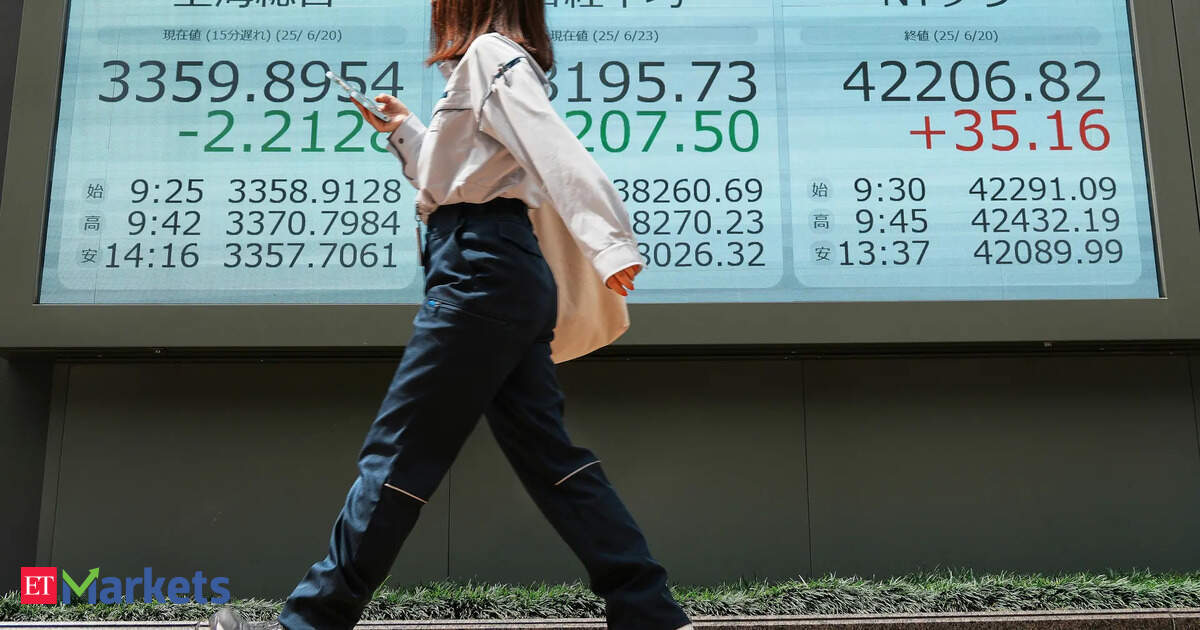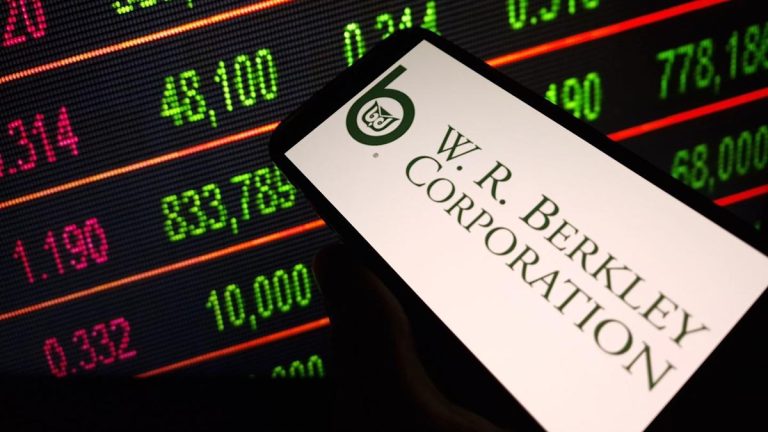Shares in Tokyo — where Prime Minister Shigeru Ishiba said he would carry on as leader even as the ruling coalition lost its majority in the upper house election — gained 1% as trading resumed after a public holiday Monday. The MSCI regional stock gauge advanced 0.3% after the S&P 500 index closed above 6,300 for the first time.
A cohort of the world’s largest asset managers is leaning harder into the rally in risk assets as US stocks push to fresh highs, defying persistent trade and geopolitical tensions. The high-octane wager is that while President Donald Trump is threatening to disrupt the economic order anew, he will step back from the brink.
Traders are now looking for signs of resilience in corporate earnings amid tariff risks.
“Earnings season will move into full swing this week, and the guidance will be more important than usual,” said Matt Maley, chief market strategist at Miller Tabak. “This guidance is going to have create a very large increase in earnings estimates if the market is going to reach some of the targets that exist on Wall Street right now.”
Investors also kept a close eye on tariff headlines. Trump may issue more unilateral tariff letters before Aug. 1, White House Press Secretary Karoline Leavitt said. More trade deals may also be reached before the deadline, she added.Meanwhile, Philippine President Ferdinand Marcos Jr. will be the latest foreign leader eager to make a deal before the US-imposed Aug. 1 tariff deadline when he visits Trump in the Oval Office later Tuesday.Market participants are focused on the performance of Japanese markets as investors weigh policy uncertainty after the ruling Liberal Democratic Party’s historic loss in Sunday’s elections.
The yen depreciated slightly against the dollar after strengthening as much as 1% Monday following Ishiba’s loss.
With the election out of the way, “the possibility of a ‘sell Japan’ trend, due to worries over extreme fiscal spending, has lessened,” supporting stock prices, said Hideyuki Ishiguro, chief strategist at Nomura Asset Management. However, uncertainty around the new political landscape is likely to cap gains, he said.
In the US, the second-quarter earnings season is off to a ripping start, with consumer strength powering resilient corporate profits. Yet after hitting a series of all-time highs, the S&P 500 is trading around 22 times expected 12-month profits.
“While stocks may be due for a breather, we believe the bull market remains intact,” said Ulrike Hoffmann-Burchardi at UBS Global Wealth Management. “We maintain our June 2026 S&P 500 price target of 6,500, and recommend using volatility as an opportunity to phase into markets.”
The S&P 500 hasn’t posted a 1% up or down day since late June, and Mark Hackett at Nationwide notes that volatility gauges also remain “suspiciously quiet.”
“This calm is unusual and may reflect both investor fatigue and institutional hesitation to fight the current trend,” he said. “We’re in a window where calm can quickly turn to complacency. While a break in either direction is possible, current positioning suggests we’d bet on a rally before a drop.”








